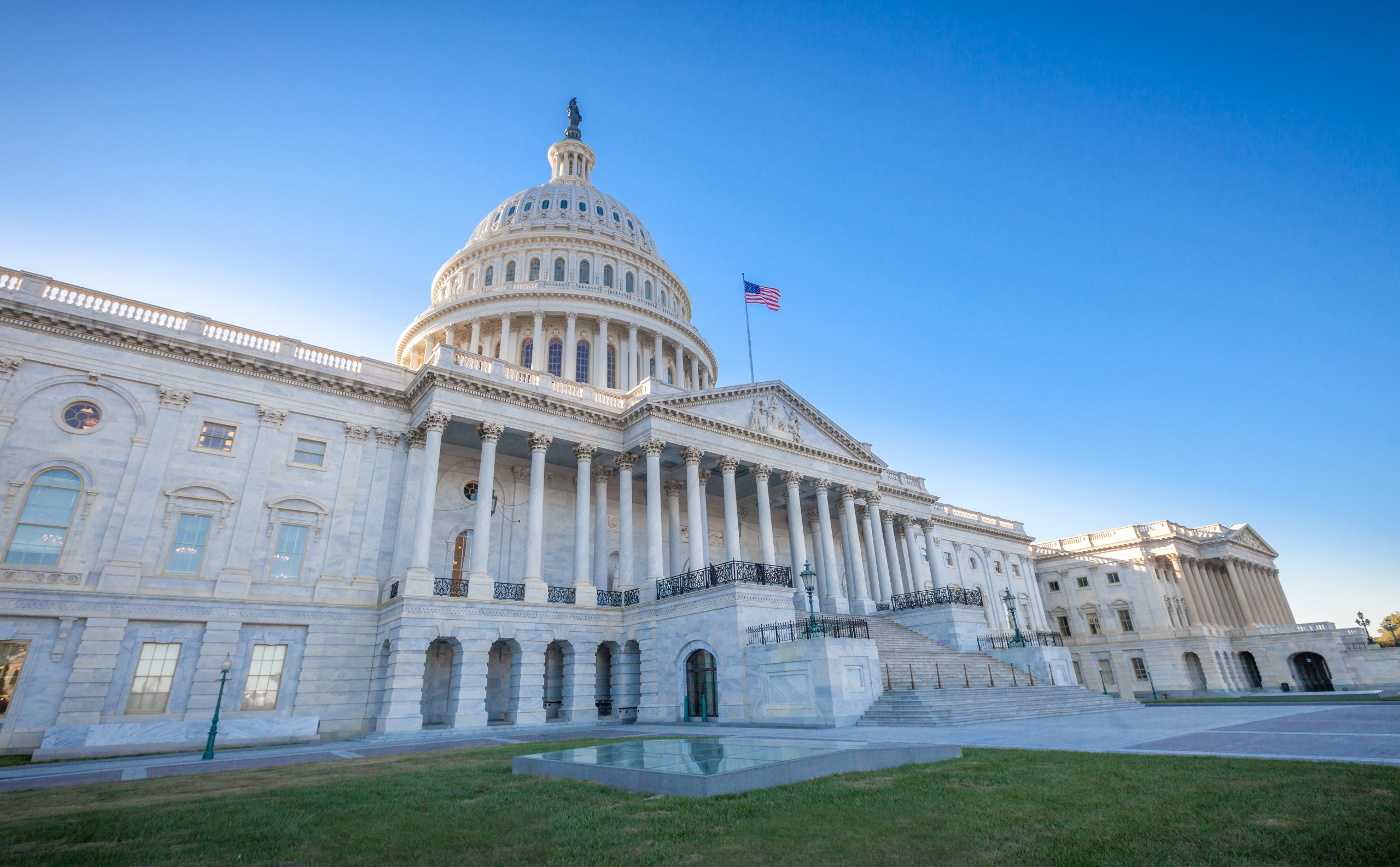Government Affairs and Advocacy
May 16 Federal Update: Mental Health in the Spotlight
To mark the beginning of National Mental Health Awareness Month this May, Health and Human Services Secretary Xavier Becerra reinforced the Biden administration’s commitment to expanding access to mental and behavioral health care. To spotlight the issue in recent months, Secretary Becerra announced the allocation of $35 million for community mental health services for children and young adults and $105 million for the 988 crisis care infrastructure, both funded through the American Rescue Plan.
In the State of the Union Address earlier this year, President Biden outlined his plan to address the national mental health crisis. This plan includes increasing the number of behavioral health professionals, incorporating mental health and substance use treatment into primary care, proliferating virtual care, and protecting the mental health of children. In a promising step forward last week, Sens. Bill Cassidy, M.D. (R-La.) and Chris Murphy (D-Conn.), members of the Health, Education, Labor and Pensions Committee, introduced the Mental Health Reform Reauthorization Act of 2022, which would provide funds to states to enforce existing mental health parity laws, expand SAMHSA’s Minority Fellowship Program, and increase funds for the Mental Health Services Block Grant, among other things. Though still far from passage, this bipartisan bill would make major headway toward addressing the national mental health crisis.
In other news, almost 200 organizations, including many in the Social Current Network, joined a sign-on letter to send a strong message to the Hill in support of $468 million for the Full-Service Community Schools program for FY 2023! Please keep an eye out for more advocacy opportunities for FY 2023 in the coming weeks as Congress advances its appropriations discussions.
SNAP Recipients Now Automatically Eligible for Head Start
Dr. Bernadine Futrell, director of the Office of Head Start, announced that families participating in the Supplemental Nutrition Assistance Program (SNAP) will now be automatically eligible for Head Start. Before, many families that were eligible for SNAP were also eligible for Head Start; however, they had to provide proof of income to both programs, which was a burden on families and program administrators. Now, families will only have to prove eligibility for SNAP in order to enroll in Head Start. Futrell stated that this change reflects the aims of President Biden’s Executive Order on Transforming Federal Customer Experience and Service Delivery to Rebuild Trust in Government from December 2021. The Office of Head Start has provided resources to help families and Head Start operators understand the recent policy change.
Rural Partners Network Takes Shape
U.S. Department of Agriculture (USDA) Secretary Tom Vilsack and White House Domestic Policy Advisor Susan Rice announced the creation of the Rural Partners Network (RPN), a whole-of-government initiative with the goal of providing economic and infrastructure support to rural areas. The announcement was part of President Biden’s Building a Better America Rural Infrastructure Tour, which has featured dozens of presidential trips to rural communities. The RPN will launch in Georgia, Kentucky, Mississippi, New Mexico, and Arizona, and will hear and learn from rural communities about their policy needs. A Rural Prosperity Interagency Council, made up of 16 federal agencies and regional commissions, will incorporate rural voices into the policymaking process. The administration plans to expand the program into additional states later this year, including Nevada, North Carolina, Puerto Rico, West Virginia, Wisconsin, and Alaska.
New SNAP Guidance for Childless Adults
The Federal Nutrition Service released guidance on how to determine whether an individual can receive Supplemental Nutrition Assistance Program (SNAP) benefits if they voluntarily quit a job over insufficient COVID-19 safety measures. In general, individuals ages 16-59 must fulfill certain work requirements to receive SNAP benefits; however, they can quit voluntarily or reduce their work hours and continue to participate in SNAP, if they have good cause. The newly released guidance provides state agencies with resources on how to determine if working conditions meet certain requirements for COVID-19 safety. Individuals can also cite these resources to SNAP administrators if they wish to continue receiving benefits after leaving a job due to insufficient COVID-19 safety measures.

